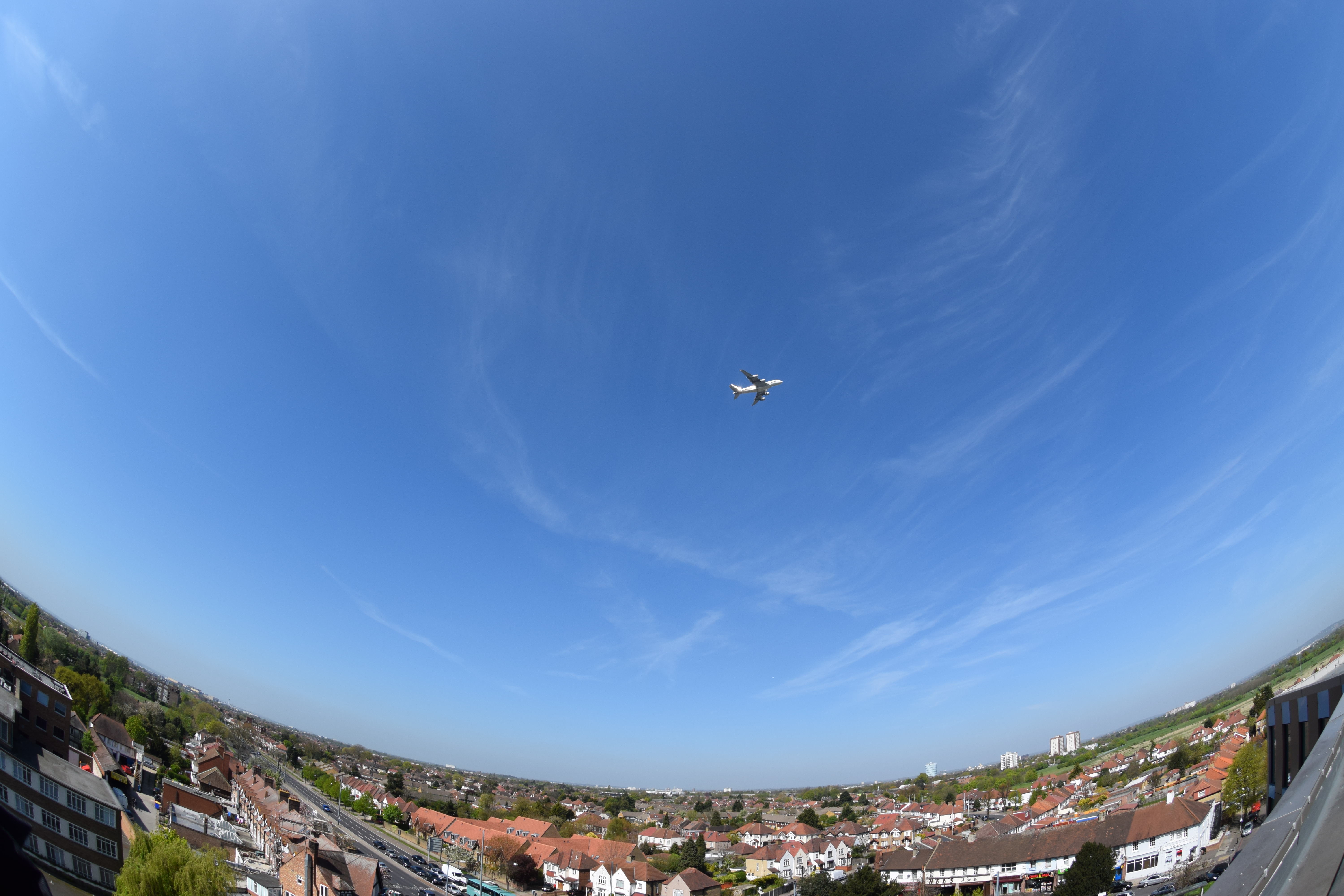
BOOK REVIEWS: Business of self improvement
“Think Better: an innovators’ guide to productive thinking” (McGraw Hill, NY), was released in the US in October 2007and now it’s available on Amazon and of course in major bookstores everywhere. There are thousands of books on thinking, creativity or innovation, but very few books provide clear how-to information that can actually help people Think Better.
Tim states “Think Better is about Productive Thinking – why it’s important, how it works, and how to use it at work, at home, and at play. Productive thinking is a simple, but powerful approach to thinking better, helping people understand more clearly, think more creatively, and plan more effectively – it’s straightforward to learn, practical to implement, and it works.”
Tim educates clients and audiences that Productive Thinking and Creative Intelligence are qualities everyone can cultivate and enhance.
Tim is an internationally acclaimed author, keynote speaker, and innovation consultant and helped private, non-profit, and government organisations in the US, Canada and UK to create and market new products and perform workplace transformations. He is also one of the founders of Facilitators Without Borders.
Tim’s Productive Thinking Model could be just the thing to help you. This framework encourages you to use creativity and critical thinking at each stage of the problem-solving process. This means that you get a better understanding of the problems you face, and you come up with better ideas and solutions.
The model presents a structured framework for solving problems creatively. You can use it on your own or in a group.
The model consists of six steps, as follows:
- Ask “What is going on?”
- Ask “What is success?”
- Ask “What is the question?”
- Generate answers.
- Forge the solution.
- Align resources.
Begin by writing down as many Target Futures as possible, and then narrow these down to something that is achievable and that is important to you.
If you’re finding this difficult, use starter phrases such as “I wish…,” “If only we could…,” or “It would be great if….” For example, you might say “I wish that the majority of our customers were happy with how we process returns,” or “It would be great if we could cut waste by 20 percent.”
First, evaluate the most promising ideas by comparing them with the success criteria that you identified in step 2. Pick the solution that best meets those criteria. (Decision Matrix Analysis is helpful here.)
Then develop your best idea further. What else could make this idea better? How could you refine the solution to fit your success criteria better?
If you’re working on a complex problem or project, don’t underestimate the effort needed to develop and refine your solution.
The above is just a taster of what you will find between the pages of Tim’s book.
“In a word, excellent! A practical guide to the power and importance of productive thinking that should be read by everyone.” Glenn Bishop, Director of Engineering, Yahoo! Europe. Marvellously choreographed and an insightful treasury of powerful ideas for anyone who relies on brainpower to contribute to their company’s success.” Andy Boynton. Ph.D., Dean of The Wallace E. Carroll School of Management at Boston College and author of Virtuoso Teams.
Penny Nair Price.
